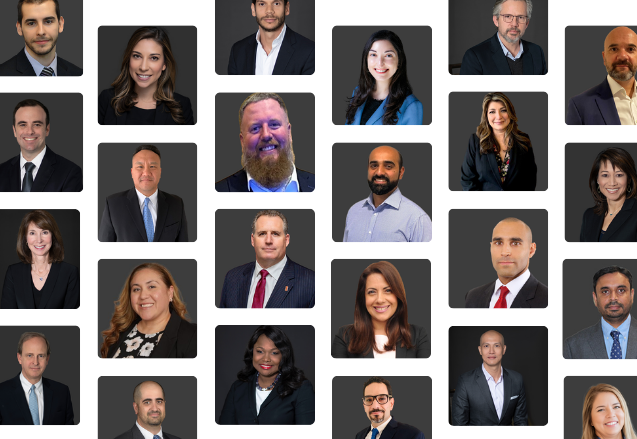This site uses cookies to provide you with a more responsive and personalized service. By using this site you agree to our use of cookies. You can learn more about our use of cookies and similar technologies and your choices by reviewing our Privacy Policy. By clicking “I agree” you agree to our use of cookies and similar technologies.
Before ICE Comes Knocking: Strategies to Address Worksite Enforcement
If there was any doubt about whether the current Administration was going to add worksite enforcement back into ICE’s enforcement agenda, the answer is “YES”. On January 10, 2018, ICE Acting Director Tom Homan released ICE’s revised worksite enforcement strategy. The new strategy focuses on three identified prongs: compliance; enforcement; and outreach.
Specifically mentioned under the enforcement prong is “the arrest of unauthorized workers for violation of laws associated with working without authorization.” This is a significant change from the prior Administration’s worksite enforcement strategy which largely ignored the unauthorized workers that were identified during worksite enforcement investigations and I-9 audits.
The roll out of this new strategy and its immediate implementation should be considered clear notice to employers to conduct an assessment of their I-9 compliance program. This can be done in several ways.
1. Audits A review of your I-9 compliance is critical. This can be done using an external consulting firm, law firm, or internal subject matter experts. Conducting an annual review or self-assessment may identify common errors. Focus on ensuring all documentation requiring re-verification has been updated in a timely manner. In addition, engaging an independent third-party to conduct these reviews on a regular basis is the best way to ensure that the internal experts are fully trained and do not inadvertently overlook errors.
2. Refresher Training Ensure that your training materials contain the latest guidance and document versions. Some often overlooked sources of training materials can be found using the USCIS I-9 Central portal which contains the most recent Frequently Asked Questions, the M-274 Employer Handbook, and other useful sources of information and tools. Additionally, training webinars and recent enforcement actions regarding anti-discrimination matters can be found on the U.S. Department of Justice Immigrant and Employee Rights Section webpage.
3. Implement Best Practices While the law requires some mandatory actions, there are several best practices that can further enhance your I-9 compliance program. These include enrollment in E-Verify, keeping document copies at the time of I-9 completion, and developing enhanced policies and procedures for responding to identity discrepancies regarding employees’ identities.
By not implementing strategies to address worksite enforcement issues proactively, businesses will face serious consequences. The reputational and brand damage a company may suffer from failing to comply with I-9 mandates can be detrimental and costly. In addition to the hefty civil fines and/or criminal penalties incurred, companies may be barred from government contracts leading to a loss in revenue, and may be required to back pay unauthorized workers, another substantial expense.

William Riley CAMS, CGSS, CFE
President, Compliance
As the president for compliance, Bill Riley leads the Financial Institutions and Immigration and Border Services practices. He is also a member of the Monitoring and National Security practices in the Washington, D.C. office of Guidepost Solutions. He oversees engagements relating to bank monitorships/remediation, advisorships, immigration compliance, and export and trade controls. Over the past ten years, Mr. Riley has worked on numerous international engagements for clients in more than 20 countries.


